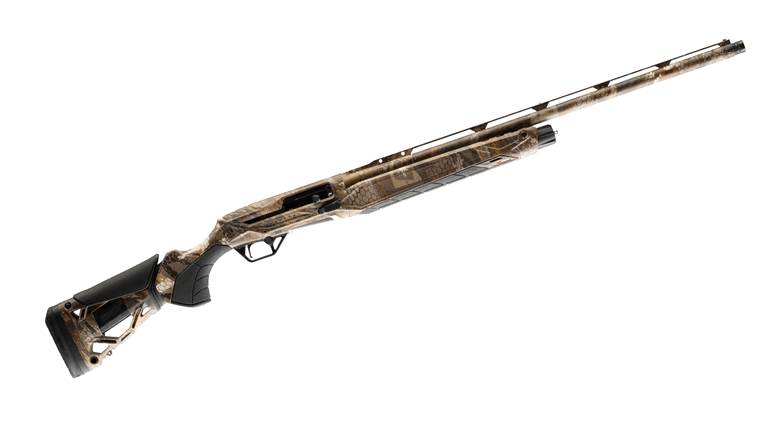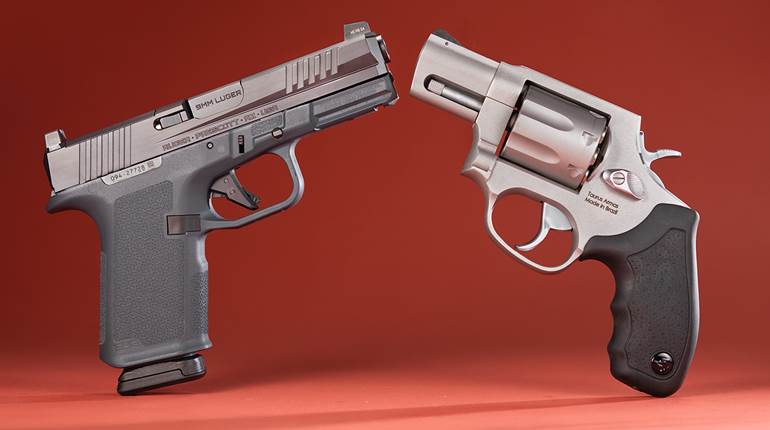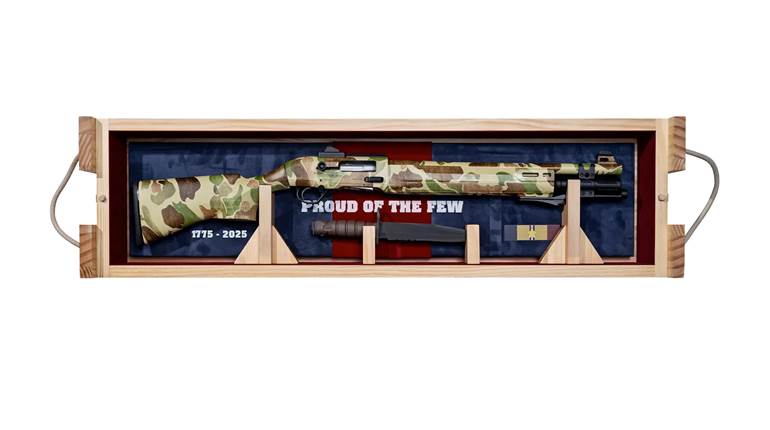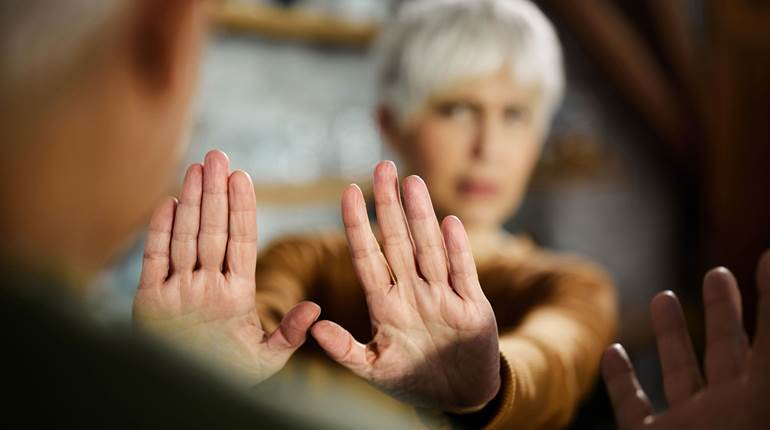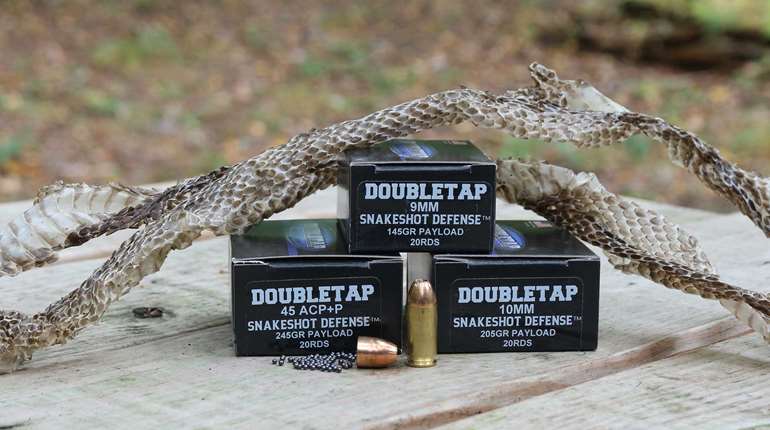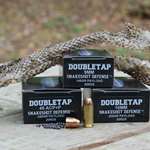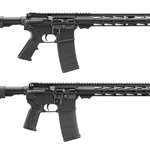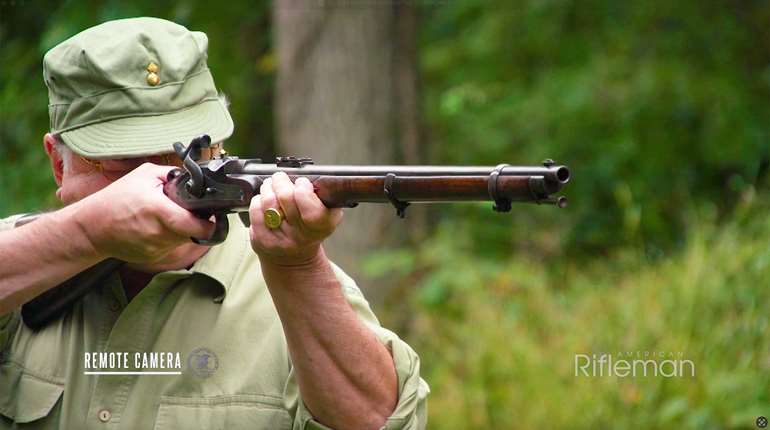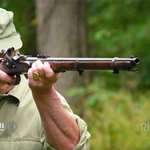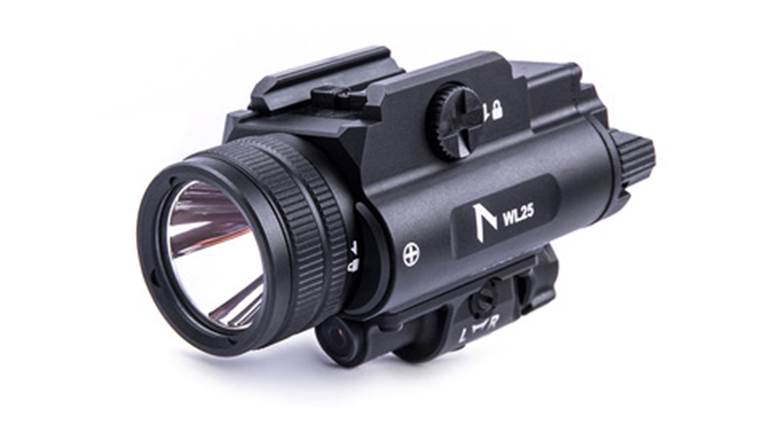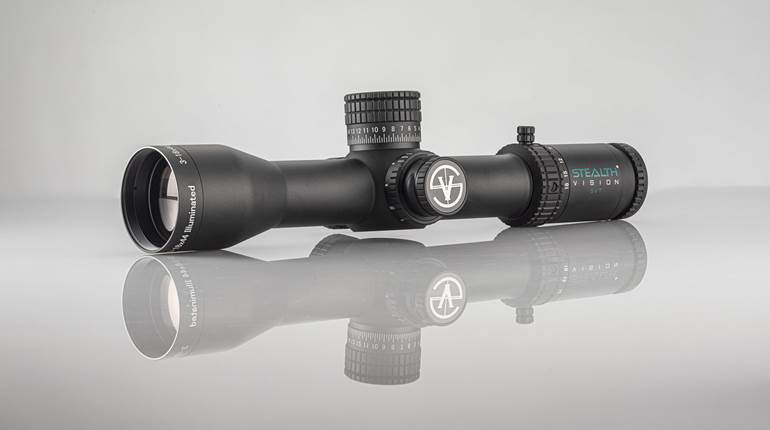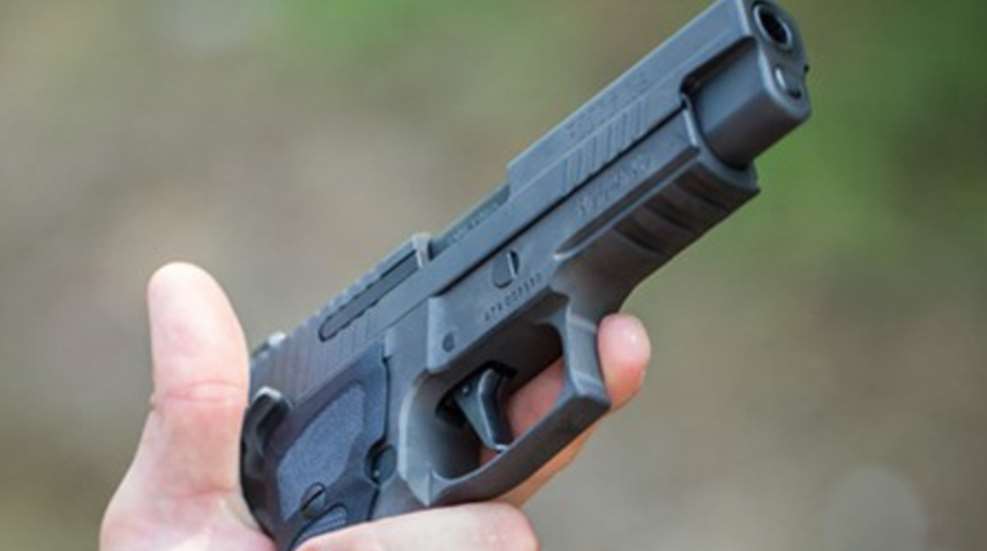
Top image: SIG Sauer Legion pistol
I have the benefit of being the youngest of five kids in a family that embraced the great outdoors. Hiking, camping, visiting national parks and hunting were all a part of how our family spent time together. Although I grew up in an immediate and extended family that owned and enjoyed firearms, the guns on hand were almost all exclusively for hunting.
In my early 20s, a friend invited me to the shooting range a few times to try out his .38-caliber revolvers. Little did I know at the time that his invitation would change the course of my personal shooting history. Center-fire handguns weren't part of my experience before then, but I quickly got hooked on the fun and challenges they have to offer.
When I announced to my family over dinner one night that I had started shooting handguns designed primarily for home and self-defense, their responses were, for the most part, less than supportive. Why waste money on a handgun like that? What are they good for? They kick hard, they're not very accurate and you can't hunt with them. ...
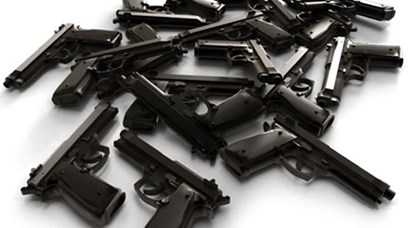
I have yet to meet anyone who enjoys having the source of their enthusiasm stepped on or disregarded by someone else, especially if the critic doesn't fully understand why they care about the subject at hand. During this familial exchange, I was faced then with the same fundamental philosophical divide that drives so much dissention and disagreement in the shooting community today, namely, the Good Gun vs. Bad Gun debate.
But the problem with trying to divide the entirety of all shooting equipment using an oversimplified black-and-white guideline is that it neither reflects nor respects the diversity of reasons folks choose to own particular types of guns and participate in some shooting sports and not others. In this case, the Defensive Handguns vs. Hunting Rifles debate wasn’t a Good vs. Bad comparison. It was an Apples vs. Oranges comparison masquerading as Apples vs. Apples. And, as we all know, these discussions rarely end in positive feelings and handshakes all around.
I have to ask myself, how often is this the case with gun-range banter and online conversations that devolve into arguments? Are the commentators actually speaking across shooting categories instead of directly to the same topic? I believe it's much more common than we might expect.
Let’s take step back for a high-level view of the “Whys” of gun ownership. After years of being a gun hobbyist, and professional member of the shooting industry, it seems to me that there are four primary motivations to buy a gun:
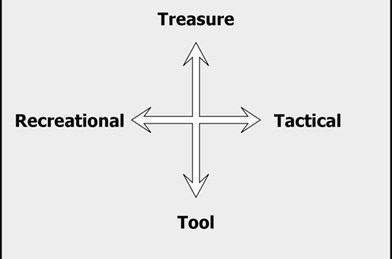
Recreational Shooting: The value of the firearm is measured according to the enjoyment it provides. Taking it out for the day is all about having fun at the range or spending quality time with friends and family.
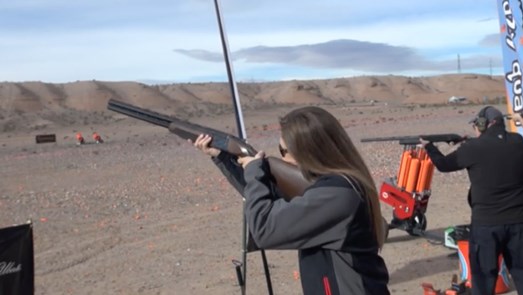
Tactical Shooting: These guns are designed for precision shooting and combat roles. They may need to provide high levels of repeatable accuracy, reliability under extremely harsh conditions, or both.
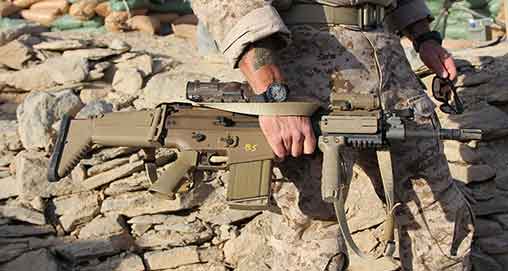
Guns as Tools: Firearms purchased and used as tools are valued for what they do, not what they are. The gun has a job to do and, when it has given its final shot, it must be replaced—perhaps even with the same model.
Guns as Treasures: Treasured guns are valued for what they are or for what they represent, not for what they can do. Guns in this category include historical relics, limited editions, models with expensive embellishments and firearms with sentimental value.

Henry Repeating Arms Military Tribute rifle
Because each of these motives is fundamentally different from the others, buyers tend to be pulled in different directions. Notice that the Recreational Shooting and Tactical Shooting are set at opposite ends of the sliding scale. This is because, generally speaking, these two motivations are largely influenced by the gun owner's definition of acceptable accuracy and reasonable price. Recreational firearms are usually built to be affordable. Manufacturers use less expensive materials and processes to keep the price down, but the trade-offs for that lower price may be fewer features, a shorter working life span or less accuracy. If a little .22 used for plinking tin cans jams once in a while using bulk-box ammo, who cares? It’s good, clean fun.
Tactical shooters, on the other hand, purchase and modify their firearms with life and death situations in mind. Guns developed specifically for military and law enforcement applications are commonly made with higher-grade materials, tighter tolerances and more features than their commercial counterparts. As a result, they are very accurate and reliable but at a higher price. In this case, the financial cost is not an issue. Of course they’ll pay more for premium gear, they can’t afford to do otherwise.
The Guns as Tools vs. Guns as Treasures debate is one of the most common in the community. This often divisive division is driven primarily by the gun owner’s interpretation of the intrinsic value of a particular gun. The Guns as Tools folks don’t care if the pistol is black, blocky and made of plastic. They know that even if they run over it with their truck it will still go bang every time they pull the trigger. And when it does finally wear out, they’ll buy another one just like it.
The Guns as Treasures team operate according to a completely different set of metrics. In many cases, the gun’s ability to shoot accurately, if at all, may not even factor into its value. Special edition, early serial numbered guns, one-of-a-kinds, artistically embellished pieces or a gun that once belonged to a famous owner may never be fired at the range because doing so would damage their financial worth.
Then there is the easy to recognize but difficult to define category of guns that are treasured because of their sentimental value. Dollar amounts just don’t apply because this is a gun with a story behind it. That makes it an irreplaceable item that will never be sold or traded away.
With these four fundamental motivations for owning a gun inmind, it’s much easier to read where someone’s coming from in a gun debate. "Why would I spend more on a shotgun when this handy pump I picked up for $239 works just fine?" "Of course it makes sense to pay more. Accuracy is everything!" "Every single one of my guns is a shooter. I don’t own any safe weights." "The guys at the range think I’m crazy for buying it but I really like how it handles.”
Real people rarely live at one extreme or another. Most of the shooting enthusiasts I’ve met have a blend of reasons that drive their equipment choices. But generally speaking, they tend to gravitate to certain groups in the community more than others:
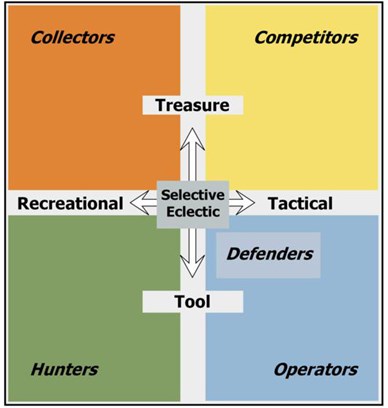
Operators: This group is motivated to select gear that will help them to succeed in their career. In this case, I’m using the overused moniker of “operator” to mean those individuals who are trained professionals hired to fulfill the duties of military, law enforcement and security personnel. Depending on the role they play, their firearms may be highly specialized or include guns that are restricted, such as machine guns, grenade launchers and short-barreled shotguns.
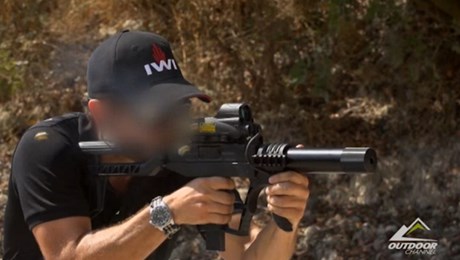
Hunters: These folks invest in guns specially designed for the harvesting of wild game. This includes small, large and dangerous game as well as upland and waterfowl. Although scoped high-power bolt-action rifles and pump-action 12-gauge shotguns have been hunting icons for decades, hunters employ a wide variety of firearms, including rimfire rifles, handguns and Modern Sporting Rifles based on the AR-15 design.
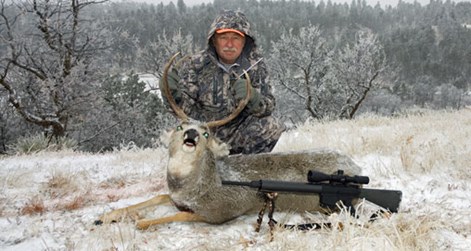
Collectors: The primary objective of collecting is to own multiple examples of a sub-set of firearms that reflect a particular interest. Examples include a specific manufacturing company, historical event, military relics, antiques, or other guns defined as being collectable.
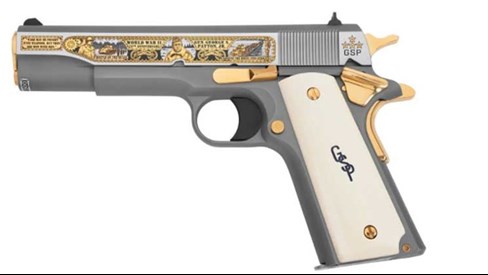
America Remembers George S. Patton WWII Tribute Pistol
Competitors: These folks spend their hard-earned cash and weekends participating in organized shooting matches. Their specialized gear has to adhere to the regulations of the organization sponsoring the event. Depending on the type of competition, participants may need to invest in high-end specialty guns like those used for Olympic shooting events, the historical replicas found at the cowboy re-enactments of the SASS or defensive handguns used in IDPA matches.
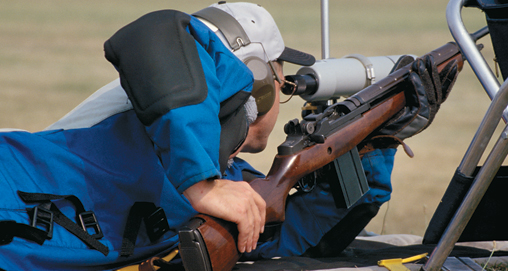
Defenders: These individuals want to be prepared to stop a threat to their lives should the need arise. Folks in this category may wear a uniform, but most are ordinary citizens without a military or law enforcement background. However, I placed this group at the junction of Tool and Tactical because these two motivations play a strong role in their gear selection. Some self-defenders choose to adopt the handguns, rifles and shotguns used by professional operators while others select guns that are more compact, have less recoil or have a more affordable price tag.
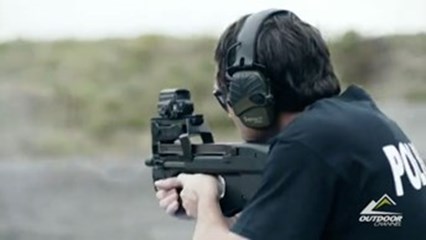
Selective Eclectics: This group enjoys a variety of shooting sports and firearms. These folks usually have a conglomeration of mixed purpose firearms from a variety of time periods and manufacturers. Each firearm in the set was purchased for a specific reason but most likely it was a different reason than the gun next to it in the safe.
It’s been a little more than 20 years since I (gently) butted heads with my brothers defending the merits of defensive handguns. Since then we have outgrown our sibling rivalry (for the most part) and become close friends. But more importantly, at least when it comes to our shooting endeavors, we started listening to each other and trying on different gear and events for size.
Initially, I was reluctant to try sporting clays. But with some patient instruction from my brothers I found that I enjoy the swing of a shotgun as much as working with rifles and handguns. One brother found his way into the local IPSC competitions. My other brother put down his trusty bolt-action shoulder breaker long enough to discover the fun of operating AR-15s.
Does this mean we agree on everything these days? Hardly. My brothers continue to make one-shot elk harvests with their 7 mm Rem. Mags. but I prefer the all-around flexibility of the .308 Win. They break clays with their well-worn 12-gauge pumps as I work the two triggers of an antique 20-gauge side-by-side. We all shoot handguns now but not the same models. One brother joined the Fraternal Order of the One True Gun (in other words, he’s a devotee of the 1911), the other has eyes only for his Springfield XD, and I continue to be the only one who’s invested in big-bore double action revolvers. And how, exactly, do we go about dealing with these differences of opinion? We take turns running each other’s gear at the family’s annual Thanksgiving weekend shooting event.
It is in this same spirit of camaraderie that I would like to extend an invitation to the shooting community at large. We already have to contend with individuals and institutions that are eager to rake us over the coals for owning guns. Why waste any time fighting amongst ourselves? Our motivations for owning guns may vary but our ultimate goal is the same, to continue exercising our Second Amendment rights in all their various forms.
So, scoot over and make some room at the table for the new ideas and shooting opportunities that await you. Let’s spend less time telling each other what’s what and give more attention to why someone is fired up about his or her shooting experience. You may as well listen to that old guy who goes on about his surplus rifle chambered in that odd-ball caliber being the most accurate rifle ever. He just might be on to something.












